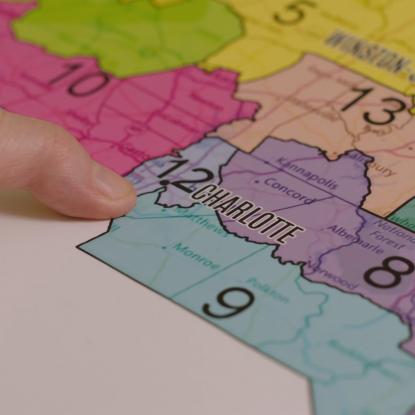Here are some examples of states that have set up redistricting commissions, and how:
If you have questions about this policy proposal, we'd love to hear from you! Just e-mail us.

In our elections, every voice should be heard and every vote should count equally.
But in many states, politicians draw their own district lines to pick their own voters and protect themselves. Elections should be determined by voters, not by politicians who draw maps.
An Independent Redistricting Commission (IRC) is a body separate from the legislature that is responsible for drawing the districts used in congressional and state legislative elections. In most states, the state legislature is responsible for drawing and approving electoral districts with a simple majority subject to a gubernatorial veto. Because this process – known as redistricting – generally involves political actors whose careers depend on how the lines are drawn, both major political parties have used the process to unfairly strip voters of their voice.
In most states, politicians can draw the lines as they see fit for political gain.
IRCs are a voter-centric reform used to ensure that voters — not politicians — decide how electoral districts are drawn. The structure of IRCs vary from state to state, but IRCs are meant to make the redistricting process more transparent and impartial by establishing standards for who can serve on the commission and criteria that must be followed when drawing district maps.
Effective IRCs require the commissioners to adhere to strict criteria, such as complying with federal and state constitutions, equal population, protecting language and racial minorities, partisan fairness, compactness, and contiguity, among others. Effective IRCs also require the commission to hold public hearings, make the data being used to draw maps publicly available, accept public comments, and allow voters to submit maps to the commission online.
In 2018, voters in four states – Colorado, Michigan, Missouri, and Utah – approved ballot measures creating IRCs, and Ohio also passed a bipartisan redistricting reform measure. States such as Arizona, California, and Iowa also have commissions that remove politicians from directly drawing the lines and that require consensus.
Here are some examples of states that have set up redistricting commissions, and how:
If you have questions about this policy proposal, we'd love to hear from you! Just e-mail us.